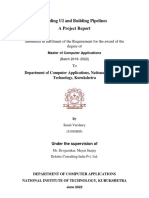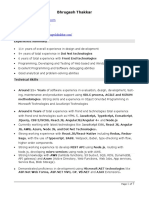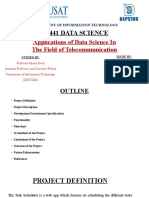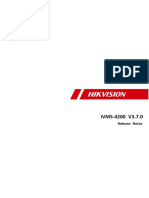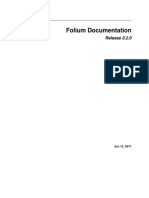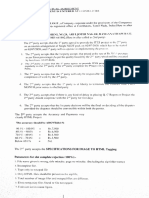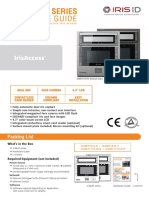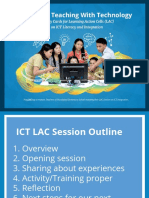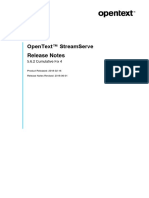0% found this document useful (0 votes)
12 views5 pagesAssignment 2 - Documentation
The document outlines the design and development of a Task Tracker web application, detailing use cases for task and subtask management with automated status updates. It describes the technical approach using React.js for the frontend and Node.js/Express for the backend, along with testing methods and challenges faced during development. Future enhancements include user authentication, a persistent database, and mobile app development.
Uploaded by
Udantha RanaweeraCopyright
© © All Rights Reserved
We take content rights seriously. If you suspect this is your content, claim it here.
Available Formats
Download as PDF, TXT or read online on Scribd
0% found this document useful (0 votes)
12 views5 pagesAssignment 2 - Documentation
The document outlines the design and development of a Task Tracker web application, detailing use cases for task and subtask management with automated status updates. It describes the technical approach using React.js for the frontend and Node.js/Express for the backend, along with testing methods and challenges faced during development. Future enhancements include user authentication, a persistent database, and mobile app development.
Uploaded by
Udantha RanaweeraCopyright
© © All Rights Reserved
We take content rights seriously. If you suspect this is your content, claim it here.
Available Formats
Download as PDF, TXT or read online on Scribd
/ 5













